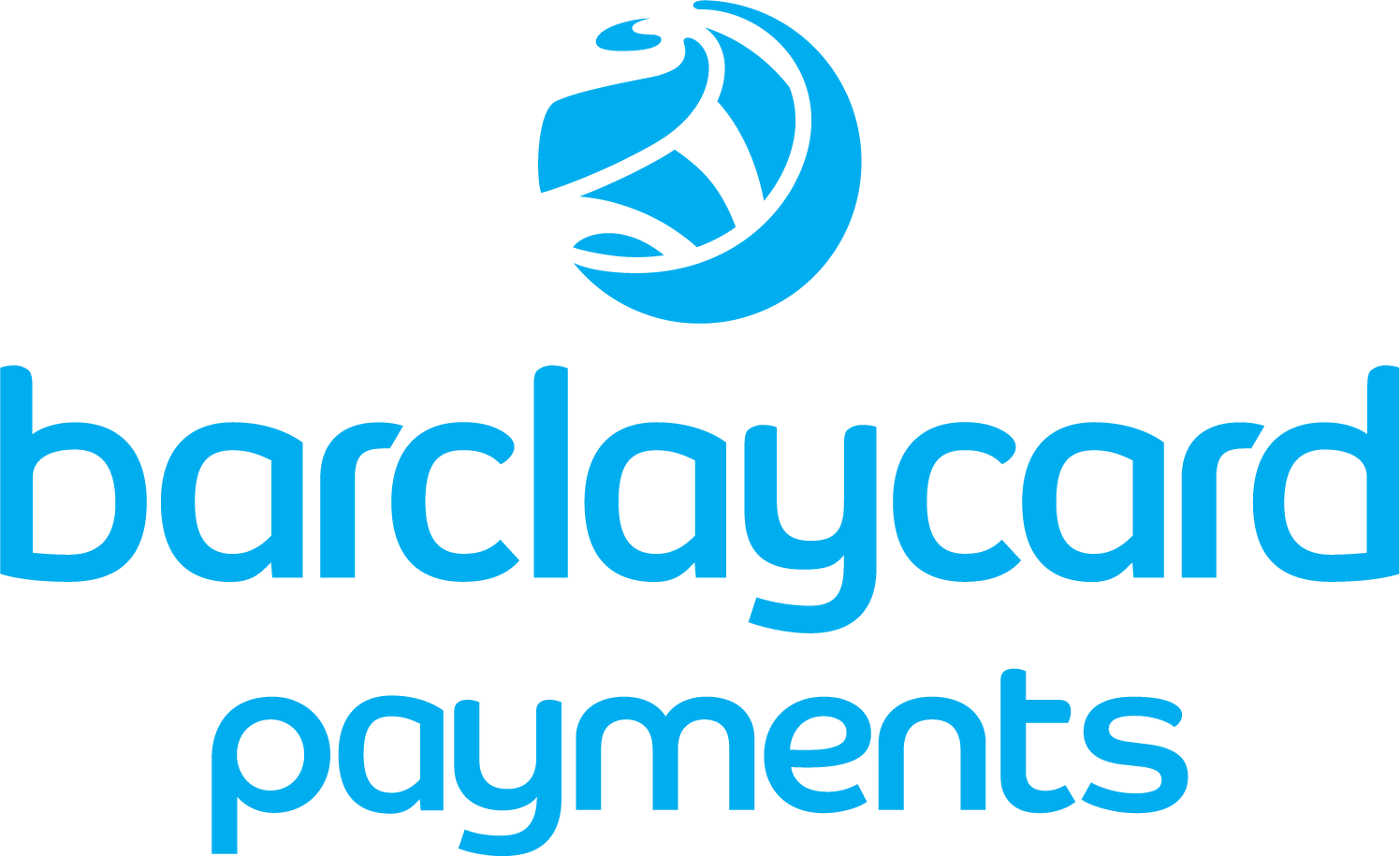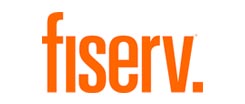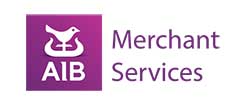- Accept card payments – lowest rates from 0.27%
- Keep your card processing fees to a minimum
- Direct access to the UK’s leading card processing banks
- We ensure your rates always remain competitive
No spam emails or calls
Choose from the payment methods then click Next
What's your turnover each month?
Enter the name of your company
Enter your company's postcode and contact number
Tell us what you need
Fill in our quick form and we’ll give you a call for a brief 5-minute chat to understand exactly what you're looking for.
Get tailored quotes
We’ll match you with up to three of the most competitive offers from our trusted providers that suit your business.
Pick with confidence
We’ll help you understand the options so you can choose the best fit — quickly, clearly, and without any pressure.






Maximize Efficiency with Payments as a Service: A Comprehensive Guide
The payments industry is evolving at a rapid pace, driven by technological advancements and changing business and regulatory requirements. For financial institutions, payment service providers, and businesses looking to streamline payment operations, Payments as a Service (PaaS) offers a transformative solution.
Banking partners play a crucial role in the PaaS ecosystem, enabling financial institutions to leverage cloud-based solutions while addressing security, compliance, and efficiency challenges.
This guide explores how PaaS solutions can help organizations manage payments more efficiently, reduce costs, and stay competitive in the financial services sector.
Introduction to Payment as a Service
Payment as a Service (PaaS) is a cloud-based delivery model that enables financial institutions to process and manage payments using third-party platforms and specialized payment services. PaaS providers offer a comprehensive suite of payment services, including payment processing, transaction reporting, business intelligence, digital channel integration, and clearing connectivity. These services are delivered over the internet on a subscription basis, allowing financial institutions to outsource payment functions to third-party service providers.
By leveraging PaaS, financial institutions can significantly reduce the complexity and costs associated with building and maintaining their own payment systems. Instead of investing in expensive infrastructure and dedicating resources to manage payments, they can rely on PaaS providers to handle these tasks efficiently. This not only leads to cost savings but also allows financial institutions to focus on their core business operations and improve customer satisfaction. The flexibility and scalability of PaaS make it an attractive solution for managing payments in today’s fast-paced financial environment.
What Is Payments as a Service (PaaS)?
Payments as a Service (PaaS) is a cloud-based model where third-party service providers deliver end-to-end payment processing infrastructure and support services. Unlike legacy systems, which require significant upfront investment and maintenance, PaaS providers offer scalable, flexible, and cost-effective payment solutions on a pay-per-use pricing model. This means that businesses are billed based on ‘pay per use costs’, often on a per-transaction basis, though there may be minimum commitments required upon subscription.
By leveraging PaaS platforms, businesses can outsource payment functions, including transaction processing, payment acceptance, cross-border payments, and customer complaint management, allowing them to focus on core operations while ensuring regulatory compliance.
Key Benefits of Payments as a Service
1. Cost Savings and Scalability
One of the primary advantages of the PaaS model is its ability to reduce operational expenses. Instead of investing in expensive payment infrastructure, businesses can access service solutions on-demand, paying only for what they use. This eliminates the need for costly hardware, software updates, and in-house IT teams.
Organizations should conduct a cost-benefit analysis to understand the financial implications of using PaaS compared to traditional on-premise setups. This analysis often reveals potential for reduced upfront capital expenditure and ongoing operational expenses.
Additionally, PaaS offers multiple benefits in terms of scalability. Whether handling a surge in online payments or expanding into new markets, businesses can easily adjust their payment processing capabilities without major infrastructure changes.
2. Access to Advanced Payment Technology
The payments world is constantly evolving, with emerging payment rails and financial technology innovations. PaaS providers give businesses access to cutting-edge payments technology, including:
- New payment rails (e.g., Faster Payments, SEPA, SWIFT)
- Payment engine hosting for seamless transaction management
- Advanced payment products like digital wallets and BNPL (Buy Now, Pay Later)
- Enhanced security measures to protect financial transactions
Implementing a modern Payments as a Service (PaaS) platform enables businesses to adopt modern payments technology, streamlining payment processes, improving security, and facilitating compliance.
By partnering with PaaS providers, businesses can satisfy consumer demands for faster, more secure, and convenient payment methods.
3. Regulatory Compliance and Risk Management
Navigating the complex landscape of regulatory requirements is a major challenge for financial institutions and payment providers. PaaS solutions incorporate built-in regulatory compliance, ensuring adherence to:
- PSD2 (Payment Services Directive 2) and Strong Customer Authentication (SCA)
- AML (Anti-Money Laundering) and KYC (Know Your Customer) regulations
- GDPR (General Data Protection Regulation) for secure data handling
- Transaction monitoring as a key component of risk management, helping identify and resolve issues in real-time within the financial transaction environment
Outsourcing payment functions to experts minimizes compliance risks and strengthens risk management strategies.
4. Faster Time-to-Market for New Payment Solutions
Developing in-house payment systems can take months or even years. PaaS platforms enable businesses to deploy payment services quickly, integrating with existing business models without lengthy development cycles.
The PaaS service model allows for rapid deployment of new payment solutions, offering flexibility and agility through its advanced infrastructure. This model enables financial institutions to provide sophisticated payment solutions without extensive internal development, utilizing cloud-based platforms for operational efficiency.
For example, fintech startups and other financial institutions can leverage PaaS solutions to launch customers advanced payment products—such as real-time payments or multi-currency processing—without building from scratch.
5. Seamless Integration with Existing Systems
Many organizations rely on legacy systems that struggle to keep up with modern payment ecosystem demands. PaaS providers offer APIs and modular solutions that integrate smoothly with existing payment network infrastructures, ensuring continuity while upgrading capabilities.
A payments as a service platform can integrate with existing payment infrastructures, leveraging cloud-based technology to improve transaction processing, manage compliance, and enhance customer experiences.
This flexibility allows businesses to enhance their entire payment value chain, from payment acceptance to cash management, without disrupting operations.
Challenges in the Payment Industry
The payment industry is facing numerous challenges that require innovative solutions. One of the primary challenges is satisfying consumer demands for faster and more convenient payment solutions. As new payment rails and emerging payment technologies continue to evolve, financial institutions must adapt quickly to stay competitive. This rapid pace of change can be daunting, especially for institutions relying on legacy systems.
Security and risk management are also critical concerns. With the increasing sophistication of cyber threats, financial institutions must ensure that their payment systems are secure and resilient. Additionally, regulatory compliance is a significant challenge, as the payment industry is subject to stringent regulations that vary by region. Financial institutions must ensure that their payment processes meet these regulatory requirements to avoid penalties and maintain customer trust.
PaaS providers can help financial institutions address these challenges by offering scalable and secure payment solutions. These providers have the expertise to navigate the complex regulatory landscape and implement robust risk management strategies. By partnering with PaaS providers, financial institutions can leverage advanced payment technologies and new payment rails, ensuring they remain competitive and compliant in the ever-evolving payment industry.
How PaaS Transforms the Payment Value Chain
The entire payment chain—from initiation to settlement—can be optimized using PaaS solutions. Payment platforms play a crucial role in transforming the payment value chain by providing advanced, flexible, and secure infrastructures that enhance the payment experience for businesses and consumers alike. Here’s how:
1. Payment Initiation & Acceptance
- Supports multiple payment methods (credit/debit cards, bank transfers, digital wallets)
- Enables online payments, in-store POS, and mobile transactions
- Facilitates cross-border payments with competitive FX rates
- Streamlined payment process
2. Transaction Processing & Settlement
- High-speed payment rails for instant settlements
- Automated transaction processing with fraud detection
- Real-time reconciliation for accurate financial transactions
3. Security & Fraud Prevention
- AI-powered fraud detection and risk management
- Tokenization and encryption for secure data handling
- Continuous monitoring to prevent breaches
- Customer complaints management to address concerns and provide updates through SMS/email alerts
4. Customer Support & Dispute Resolution
- Integrated customer complaint management systems
- Automated chargeback handling
- 24/7 support for payment-related issues Compare Card Services
Choosing the Right PaaS Provider
Not all service providers are created equal. Selecting a robust payments platform is crucial as it allows merchants to efficiently process and manage transactions while adapting to the increasing demand for advanced, cloud-based payment solutions driven by digital transformation. When selecting a PaaS platform, consider the following factors:
1. Industry Expertise & Reputation
Look for PaaS providers with a proven track record in the payment sector, particularly those serving the financial market.
2. Technology & Innovation
Ensure the provider supports emerging payment rails and stays ahead of payments technology trends.
Choosing a provider that supports modern payments technology is crucial for enhancing your payment infrastructure. Implementing a modern Payments as a Service (PaaS) platform can streamline payment processes, improve security, and facilitate compliance, ultimately enabling businesses to focus on growth and customer satisfaction.
3. Compliance & Security Standards
Verify that the provider meets regulatory requirements and employs robust security measures.
Transaction monitoring is essential in ensuring compliance and security by identifying and resolving issues in real-time within the financial transaction environment.
4. Scalability & Customization
The best PaaS solutions allow businesses to scale effortlessly and tailor services to their needs.
The flexibility of the PaaS service model enables financial institutions to offer sophisticated payment solutions without extensive internal development, leveraging cloud-based platforms for operational efficiency.
5. Pricing & Transparency
Compare pricing models to ensure cost-effectiveness without hidden fees.
One of the benefits of pay per use costs is that it ensures cost-effectiveness by billing on a per-transaction basis, which can be more economical for businesses with fluctuating usage patterns.
Successful Implementation of PaaS
To maximize the benefits of Payments as a Service, businesses should:
- Assess Current Payment Infrastructure – Identify gaps and inefficiencies in existing payment operations.
- Define Business Objectives – Determine whether the focus is on cost reduction, speed, compliance, or expansion.
- Select the Right Partner – Choose a PaaS provider that aligns with business needs. Selecting a comprehensive service platform is crucial for successful implementation, as it can streamline operations and support business growth.
- Ensure Smooth Integration – Work with IT teams to integrate PaaS solutions without disruption.
- Monitor Performance & Optimize – Continuously track KPIs and adjust strategies for better efficiency.
Case Studies and Success Stories
Several financial institutions have successfully implemented PaaS solutions to enhance their payment processing and management. For instance, a large bank in Europe partnered with a PaaS provider to deploy a cloud-based payment platform. This strategic move enabled the bank to reduce its payment processing costs by 30% and significantly improve its customer satisfaction ratings. The bank benefited from the PaaS provider’s advanced payment technology and expertise in regulatory compliance, allowing it to streamline operations and focus on core business activities.
Another success story involves a fintech company that utilized a PaaS platform to launch a new digital payment service. The PaaS solution allowed the fintech to quickly integrate with multiple payment rails, facilitating seamless cross-border transactions and reaching a wider customer base. This rapid deployment and integration capability enabled the fintech to offer innovative payment solutions without the need for extensive in-house development, resulting in cost savings and enhanced customer satisfaction.
These case studies demonstrate the tangible benefits of adopting PaaS, including improved payment processing efficiency, reduced costs, and higher customer satisfaction. They highlight how financial institutions and fintech companies can leverage PaaS to stay competitive and meet the evolving demands of the payment industry.
The Future of Payments as a Service
As the financial services sector evolves, PaaS solutions will play an even greater role in shaping the payments industry. Key trends include:
- Increased adoption of real-time payment rails
- AI-driven fraud detection and risk management
- Greater focus on cross-border payment efficiency
- Expansion of embedded finance and SaaS (Software as a Service) payment models
The growing significance of innovative new payments services will also be crucial in the future of PaaS.
Businesses that embrace Payments as a Service today will be better positioned to adapt to future changes and maintain a competitive edge.
Payments as a Service (PaaS) is revolutionizing how businesses handle financial transactions, offering cost savings, regulatory compliance, and access to cutting-edge payment solutions. By outsourcing payment services to expert PaaS providers, organizations can streamline their payment processing infrastructure, enhance security, and deliver advanced payment products to customers.
For financial institutions, fintech firms, and enterprises looking to optimize their entire payment value chain, adopting a PaaS model is a strategic move toward efficiency, scalability, and long-term success in the payments world.
Is your business ready to leverage Payments as a Service? Partner with a trusted PaaS provider today and transform your payment operations for the future.
Conclusion
In conclusion, Payment as a Service (PaaS) is a transformative cloud-based delivery model that offers multiple benefits to financial institutions. By outsourcing payment functions to specialized PaaS providers, institutions can achieve significant cost savings, increased efficiency, and improved customer satisfaction. PaaS providers bring expertise in regulatory compliance and risk management, helping financial institutions navigate the complex landscape of the payment industry.
As the payment industry continues to evolve, PaaS is poised to play an increasingly important role in shaping the future of payments. Financial institutions that adopt PaaS can quickly adapt to new payment rails, technologies, and regulatory requirements, ensuring they remain competitive in the market. With its ability to provide seamless cross-border transactions, advanced payment products, and cost-effective payment processing, PaaS is an attractive solution for modernizing payment systems and enhancing overall payment infrastructure.
By partnering with trusted PaaS providers, financial institutions can focus on their core business operations, improve their competitiveness, and deliver superior payment services to their customers. The future of payments is here, and PaaS is leading the way.